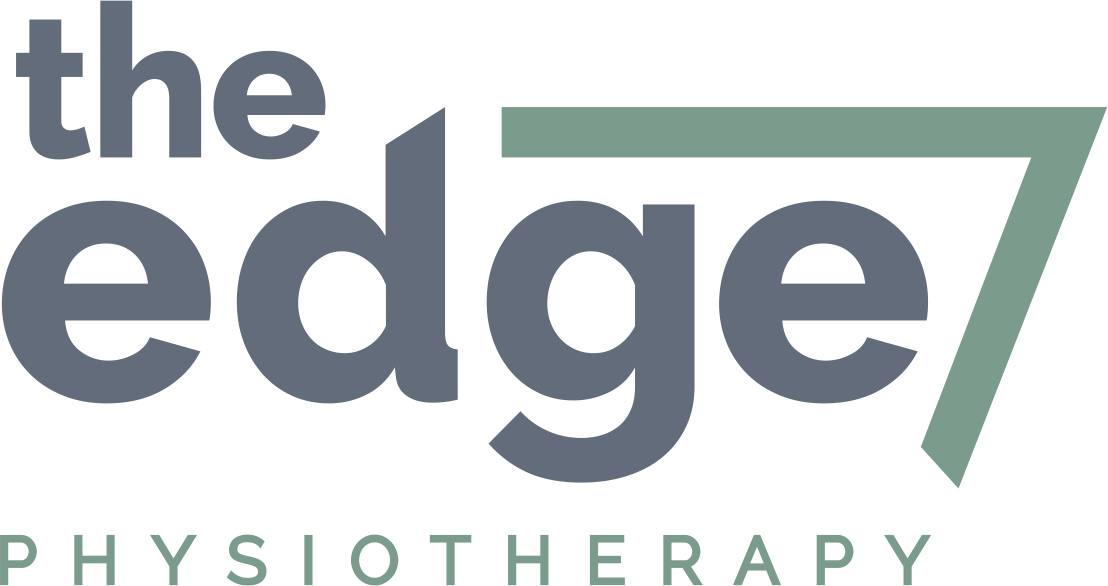MRI, CT, x-ray or ultrasound?
More often than not we’ll be asked whether a scan is needed for a diagnosis. As a profession, physiotherapists undergo rigorous study both on campus and in clinical settings for the duration of their University degree. I undertook my degree through the University of Sydney which included four years of working across multiple private and public settings including ICU wards, outpatients, post operative rehabilitation, neuro-rehabilitation and community based centres. I like to think that because physios are so highly trained that we use patient history and clinical testing to inform our diagnosis, which is true. But in some cases, a scan is warranted, whether it be to confirm or exclude a diagnosis, sometimes you just can’t avoid it. But which scan is best for which condition? The answer to that would take me a very very long time to answer, as every condition is different. But here I’d like to go through what ultrasound, CT, MRI and x-rays offer as a diagnostic tool only, as some of these technologies are used as therapy as well which is beyond the scope of this blog.
X-ray
X-rays are a type of electromagnetic radiation that, as energy, passes through an object creating an image/radiograoh based on the type of material it is. For example, because bone is made up of Calcium and is more dense it looks white on a radiograph, while less dense material such as lung tissue will come up as a lighter tone. We use x-rays to diagnose a variety of conditions, the most common being fractures, to monitor lung disease eg. pneumonia, it can also detect certain tumours and masses, calcifications and foreign objects. X-rays produce ionising radiation which can damage tissue, which is why we prefer to utilise this form of imaging minimally. A good example of our application of x-rays in clinical practice is in cases of typical ankle sprains and the Ottawa Ankle Rules, which you can read about in a previous post. It’s always a good idea to bring your x-ray results with you to your appointment as it will help inform your diagnosis.
Ultrasound
Used to image the inside of the body, ultrasound works by producing sound waves (beyond that of human hearing) that travel through body tissue to create an image in real-time. Probes are either placed on the skin or within the body via transducers, which are used to bounce back an image of the tissue to a screen the operator is using. Useful for a variety of conditions, ultrasounds are a good option if you want an image of soft tissue, without using radiation and it’s generally cheaper than an MRI. Having said that, it is operator dependent meaning the reliability of US is dependent on the skill level of the operator.
CT
CT or Computed Tomography is using the same technology of radiation as x-rays to create a three-dimensional (3D) image of the body part. It works by using a very narrow beam of radiation that is concentrated on the affected area then quickly rotated around the body. In doing so, signals are produced creating cross-sectional images or slices, which when combined together give the 3D image.. Useful for many conditions for diagnosis, as physios we like to use it when we are considering complex boney injuries that need more detail than an x-ray.
MRI
Magnetic Resonance Imaging is an imaging technology that produces three dimensional detailed images, and it’s non-invasive without using radiation. In the physio world, MRI’s tend to be for a large portion of conditions, the gold standard in imaging. An MRI is very cool in the way it works, using powerful magnets a magnetic field is created which is propulsed through the patient stimulating protons within the tissue and energy is produced. Clinicians look at different tissues based on the magnetic properties of the tissue. An MRI is more clear than a regular x-ray or CT, which is why it is usually the scan of choice. The only downside of an MRI in my view is that you are required to lie within the MRI machine which is tube like and reminiscent of the film Aliens, so if small spaces are a problem for you make sure to bring some music to listen to while it’s happening.
Physiotherapists can refer a patient for a selection of x-rays, ultrasounds and MRI’s, but not CT scans. It is important to discuss the benefits of scans with your therapist and more often a therapist will be liaising with other health providers such as your GP, to inform choices surrounding scans.
Let us know if you have any queries regarding this post via our social media platforms.
Sam and Andy

